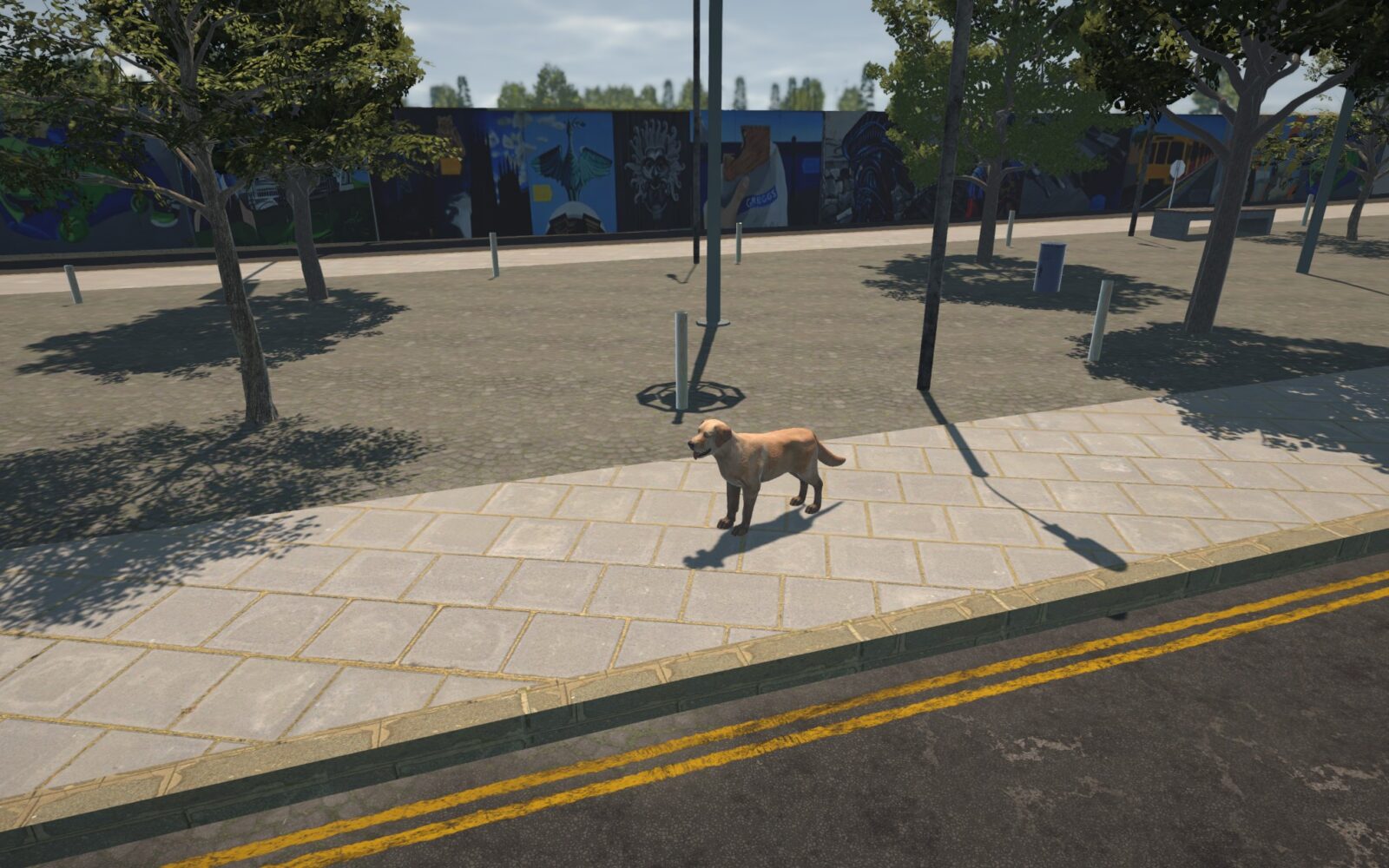So, what is a phobia?
You may know someone who is afraid of heights or dogs, or you yourself may have an intense fear or phobia that may impact you. Phobias are in fact the most common form of anxiety disorder. In the UK alone it is estimated that roughly 10 million people experience a phobia.
According to the NHS, a phobia is an overwhelming and debilitating fear of an object, place, situation, feeling or animal. A phobia is far more pronounced than a fear and can deeply impact someone’s daily life. The related symptoms of phobias are often cued by the presence or anticipation of a specific object or situation.
What are phobia symptoms?
Often, when an individual has a phobia they may not experience symptoms unless they come into direct contact with the source of their phobia. However, in some cases someone can experience symptoms when just thinking, hearing or speaking about their phobia.
Symptoms of a phobia can include:
- Breathlessness
- Nausea
- Sweating
- Shaking or trembling
- Increased heart rate or heart palpitations
- Light headedness or feeling unsteady or dizzy
- An upset stomach
- Hot flushes or chills
- A sensation of butterflies in the stomach
- Numbness or pins and needles
What are the most common phobias?
There are many different types of phobias, often people refer to two main types; complex phobias and specific or simple phobias. Individuals can also suffer from more unique ones such as alektorophobia (fear of chickens) or vestiphobia (fear of clothing).
Specific (or simple) phobias generally relate to a specific situation or object, the DSM suggests that specific phobias typically fall within five categories:
- Fears relating to the natural environment such as heights, storms, or darkness.
- Situational phobias which are phobias relating to a certain situation like flying, driving or taking public transport.
- Fears related to blood, injury, or medical issues (also known as BII phobias), these can include injections, broken bones or illness.
- Fears related to animals, sometimes known as zoophobia. Those with zoophobia tend to develop a fear of particular animals such as dogs, insects or spiders. It is not uncommon however, for those with zoophobia to fear all or many types of animal.
- Other examples of common specific phobias could be a fear of choking, loud noises, drowning or death.
Complex phobias can be more debilitating as they can develop within adulthood and can relate to a deep fear or anxiety of a situation or circumstance. The two most common complex phobias are:
- Social phobia (an intense fear of social situations).
- Agoraphobia (a fear of being in situations where escape might be difficult or help may not be available). Generally, people believe that agoraphobia is the fear of outside spaces but it is often more complex than this.
How can phobias be treated?
Therapists will take different approaches to treating phobias depending on the patient.
Exposure therapy will expose a patient to their phobia in a safe and controlled manner. A therapist will agree the steps with a patient in advance to avoid causing any anxiety or distress. For example, Rosie has cynophobia (a fear of dogs). In traditional exposure therapy, a therapist may encourage her to read about dogs, next she may listen to a recording of a dog barking, after that she could be taken to a park, and eventually in the final session Rosie might interact with a dog.
Therapists could also use CBT (cognitive behavioural therapy), this type of treatment is used to support individuals with a range of mental health disorders including anxiety, depression, PTSD and phobias. During the intervention, a practitioner will work with a patient to identify how their thoughts, feelings and behaviour relate to one another. They will then help an individual to develop coping strategies and practical skills to manage these patterns which could be causing problems.
Often, when treating phobias elements of different therapies are combined to support a patient. For example, XR Therapeutics uses both CBT and gradual exposure within an immersive studio to help service users overcome their phobias and anxiety.
VR treatment for phobia
XR Therapeutics’ treatment offers a graded, controlled exposure to the feared situation whilst at the same time working alongside a therapist. Our intervention takes principals of both CBT and gradual exposure and is conducted in an immersive studio. The treatment allows a slow gradual exposure to the phobic stimulus whilst the therapist is in the VR space at all times with the client. Throughout the intervention the therapist will offer various strategies to learn to manage anxiety in the phobic situation. Parents and/or caregivers are also able observe the treatment taking place and so learn how to support the individual in the real situation. Over four sessions of 20 minutes in the VR, an individual will learn how to manage their anxiety and to have a set of techniques to be used outside of the VR space.

